14 Things to Do in Kampala Uganda (Bonus: 11 Kampala Facts)
Thinking about visiting Kampala while in Uganda? In this post, you’ll learn all about Uganda’s capital city – interesting facts and many things to do in Kampala.
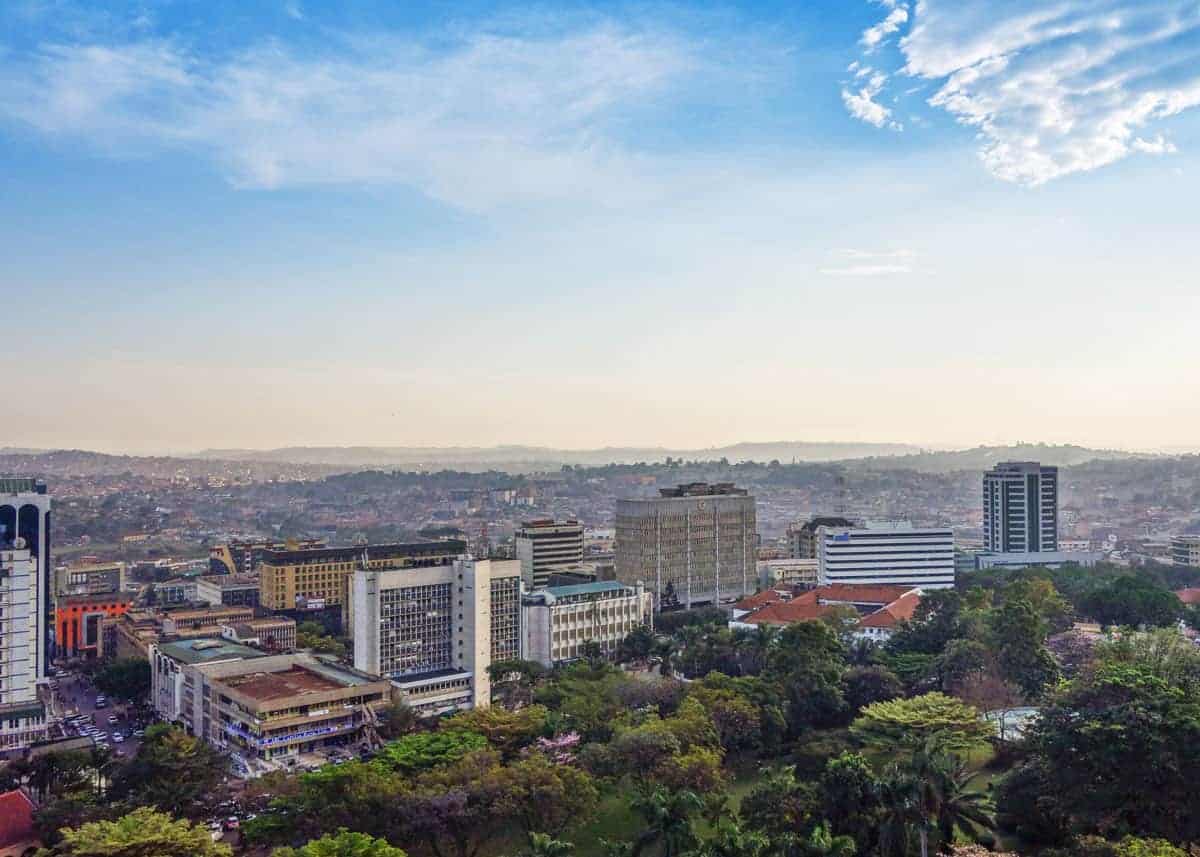
Looking for facts about Kampala? Jump to that section now.
14 Things to Do in Kampala Uganda
Here are 14 things to do in Kampala Uganda. Did we miss one? Join us in the comments below.
1. Owino Market
Owino Market is a chaotic, yet organized marketplace, where you can find unique souvenirs, beautiful African print fabrics, and just about anything you can think of. There are all types of second-hand clothing and shoes in very good condition, and tailors abound for any alterations you may need.
Check out our Uganda Food Guide (16 Must Try Dishes for Your Visit)
While you’re waiting, you can sample the local cuisine or browse the many strange offerings. As the market is usually congested and busy, it’s an ideal environment for thieves and pickpockets. Be wary.
2. Rubaga Cathedral (Saint Mary’s Cathedral)
There are many cathedrals and other places of worship in Kampala, and at least one is always included in visitors’ itinerary of things to do in Kampala. Rubaga Cathedral or Saint Mary’s Cathedral as it’s also known, is located on one of Kampala’s original hills, Lubaga.
It’s the base of the Catholic church in Uganda.
The Cathedral was built in the early 20th century, on land donated by the King of Buganda to missionaries and a Bishop.
The views from the cathedral are amazing; the cathedral’s exterior and the building itself are very grand and well built. There’s also a statue of St. Mary in the front and a memorial to the first African Catholic bishop in Uganda.
Uganda Climate Guide: Best Time to Visit (Weather, Rain & Temp by Month…)
3. Uganda National Mosque (a.k.a. the Gaddafi Mosque)
This mosque provides one of the best views of Kampala, and is perched atop Kampala Hill. The building is huge and beautifully constructed with a winding staircase that brings you to the top of the prayer tower.
It’s the biggest mosque in Kampala, accommodating up to 20,000 people in its main seating area, gallery, and terrace.
Visitors are allowed to tour and photograph the building. Colonel Muammar Gaddafi contracted to have it built, and then gifted it to Uganda for use by the Muslim population. The mosque was originally named after Gaddafi, but was changed to Uganda National Mosque after his death.
4. Makerere University
The first university in Kampala and also in Britain’s East African colonies, Makerere is still the most highly regarded. The university boasts interesting architecture and wide-ranging gardens.
Alumni include prime ministers and well known intellectuals. Nobel Prize-winning author V.S. Naipaul spent time here as a writer-in-residence, and American travel writer and novelist Paul Theroux once taught here.
5. Kabaka’s Palace
Kabaka’s Palace, once home to Bugandan kings, sits on Mengo Hill Road, in the Lubiri area.
It’s also called the haunted mansion, because so many were killed on the grounds in Idi Amin’s torture chambers. The palace is mostly uninhabited and being repaired, so it’s inaccessible to tourists, but guided tours of the prison chambers are available.
6. Kasubi Tombs
There is so much history to be explored in Kampala, going all the way back to the 14th century. Kampala is a part of the Buganda Kingdom, which is currently ruled by Kabaka Ronald Edward Frederick Kimera Muwenda Mutebi II.
The burial grounds of past kings and their family, known as the Kasubi Tombs were destroyed in a fire, and are being rebuilt, so they are not entirely available for viewing.
You can see what was saved from burning, and get information about Uganda’s history from your guide.
The site is a unique example of traditional architecture, and has been described as “one of the most remarkable buildings using purely vegetal materials in the entire region of sub-Saharan Africa”.
More reading: How to Choose the Best Portable Water Filter
7. Uganda Reptile Village
The Reptile Village is home to a variety of snakes, chameleons, lizards, and crocodiles. It’s actually a sanctuary for endangered reptiles, and an education center for visitors to learn more about reptiles.
Located in Entebbe, the refuge holds about 20 species of reptiles. There are cobras, monitor lizards, and turtles.
With the assistance of trained and knowledgeable staff, you’ll be able to get within close proximity of reptiles that would otherwise be out of reach. The most poisonous snake in Africa, the gaboon viper, is one such creature.
8. Saint Paul’s Cathedral Namirembe
The Saint Paul’s Cathedral Namirembe, also called the Namirembe Catherdral, is another place of worship with a great view of the city of Kampala. It’s the oldest cathedral in the city. Namirembe Cathedral is the regional cathedral of the Church of Uganda.
The current building, which was constructed using bricks, is the fifth to be built, as previous structures were ruined by the elements or simply abandoned. It is almost 100 years old and is held to be one of the most noteworthy places of worship in Africa.
9. Basilica of the Uganda Martyrs
A very significant shrine honoring local martyrs, the Basilica of the Uganda Martyrs is a Roman Catholic basilica in Namugongo. It’s about 9 miles from Kampala, and the structure resembles the shape of an African hut; it represents fire.
The interior is spectacular, with amazing wood carvings on the doors, and a vaulted ceiling that will take your breath away. There are stained glass windows with depictions of those martyred.
The church is a reminder to Ugandan Catholics of the men that lost their lives for their faith, and commitment to their beliefs. The basilica’s site is close to the site of the burning death of two of the martyrs.
A pilgrimage is made by thousands once a year, to honor the 22 martyrs that died from 1885 to 1887. This annual event is known as Uganda’s Martyrs Day.
Some folks are within Uganda and come on foot, sometimes walking hundreds of miles. Pilgrims also travel from other countries for the special day, countries including the United States, Nigeria, Mexico, Malawi, Italy, Zambia, Australia, Singapore, South Africa, Ireland, United Kingdom, Germany and Canada.
10. The Uganda National Museum
If you’re a fan of museums, then a trip to the Uganda National Museum may interest you. It’s the biggest and oldest in the city, so you will find the most exhibits and artefacts at this museum. It needs some renovation and updating, but displays Uganda’s cultural heritage nonetheless.
11. Ba’hai Temple
There are thousands of people in Uganda that practice the Ba’hai faith and there are only seven Ba’hai temples in the world.
One of these temples is located on the outskirts of Kampala, on top of one of their many hills. You can walk through the beautiful gardens, or get a short tour and explanation of the Ba’hai faith and related information. It’s a very peaceful and serene environment with great views.
12. National Botanical Gardens
Located in Entebbe, the National Botanical Gardens are also called the Entebbe Botanical Gardens. The Botanical Gardens were laid out in the late 19th century, and separated into zones, to include a rainforest zone.
This area is where many of the scenes for Tarzan were filmed in the 1940s.
Activities at the Botanical Gardens include biking, nature walks, and feeding the animals. Music festivals are also held here, the Annual Milege World Music Festival is one of them.
There’s also bird watching and a variety of plant life to be seen. You can get a guide at the entrance to show you around, which is recommended.
13. Uganda Wildlife
Among the exciting things to do in Kampala is the opportunity to see wildlife in their element.
Uganda’s ten national parks, managed by the Uganda Wildlife Authority Kampala, provides safaris where you can view wildlife such as mountain gorillas and chimpanzees, living in their natural habitat.
Safety is of course a top priority, and every precaution is taken. You will see a variety of wildlife; some are endangered species. Other animals you may see include elephants, antelopes, African Cape buffalo, African lions, leopards, and hippopotamuses.
Learn more about the animals of Uganda.
Here are 15 things to do in Uganda – including culture, nature, culinary and adventure.
14. Lake Victoria
Lake Victoria is the second-largest freshwater lake in the world.
It is Africa’s largest lake and the world’s largest tropical lake. Native wildlife that lives in the region of Lake Victoria includes the hippopotamus, otter, mongoose, crocodiles, and turtles.
Boat tours are available, as well as sunset cruises. There are many islands on Lake Victoria; you can choose from among them depending on what type of activities you’re seeking.
The Ssese Islands are a group of eighty-four islands in Lake Victoria that offer fishing, sailing, boating, horseback riding, hiking, and sandy beaches.
11 Kampala Uganda Facts
1. Kampala: Political and Commercial Capital of Uganda
The capital of Uganda and the largest city in that country, Kampala, is a culturally diverse city with historic buildings, panoramic views, and a variety of wildlife.
Kampala borders the northern side of Lake Victoria, Africa’s largest lake. Kampala is located in the southeastern part of Uganda.
Rated as the most livable of East Africa’s cities, the population is over 1.5 million and is expanding by more than 4% every year. It’s one of the fastest-growing cities in the world.
2. Economy Based on Natural Resources
Kampala is also the hub of Uganda’s administration, communications, economy, and transportation. Products produced and exported include tea, coffee, sugar, and cotton.
Manufacturing companies make processed foods and drinks, furniture, and machinery. Kampala is connected to neighboring countries like Kenya and Tanzania by railroad and steamers.
3. Home to Uganda Wildlife Authority
Uganda is home to an impressive variety of wildlife, which is showcased in their national parks. Kampala is also home to the Uganda Wildlife Authority Kampala (UWA), the organization that manages Uganda’s ten national parks.
These parks are home to many different varieties of plant and animal life, including mountain gorillas, chimpanzees, elephants, lions, impalas, and over 1,000 species of birds.
You can choose from traditional safaris, boat tours, hikes, or mountain climbing to experience the majesty that is Africa.
4. Climate in Kampala Uganda
The climate in Kampala has been described as that of a tropical rainforest.
The city gets a lot of rain, with two rainy seasons a year from August to December and February to June, with the latter seeing the heaviest periods of rain. The city experiences a high rate of lightning strikes.
5. Kampala is located on the Equator (almost)
A search of the map for Kampala will show its location to be very close to the equator – just 72 kilometers.
6. Kampala’s Altitude is 1.2 Kilometers Above Sea Level
The city’s altitude is about 3,900 feet (0.74 mile) in altitude, which explains their mild and pleasant climate.
Don’t forget about the equatorial sun! Here’s how to choose the best sun protection hat for Africa.
7. Kampala is the City of Hills
Historically, Kampala is known for its many rolling hills, which reach an altitude of up to 4,000 feet at their highest point. The original number of hills was 7, but has since grown into many more.
These include Kampala Hill, Tank Hill, Mulago Hill, and Nakasero Hill. There’s also the Hill of the Impalas, named for the area’s multitude of impalas; the city itself was named for its impalas.
The Kampala region was at one point a designated area for hunting of impalas.
8. Buganda Kingdom Influence Remains
The remnants of a time long ago from Kampala’s history as part of the Buganda kingdom can still be seen today. These include the Kasubi Tombs, the Lubiri Palace, the Buganda Parliament and the Buganda Court of Justice.
The British occupied and took control of the Buganda kingdom and several other regions during the late 19th century. Uganda gained its independence in 1962, at which time Kampala became the capital.
More reading: Is Uganda Safe?
9. Effects of Idi Amin Slowly Disappearing
The infamous Idi Amin took control of Uganda in 1971 by way of a military coup. During his reign, several buildings in Kampala were severely damaged throughout the course of the war between Uganda and Tanzania.
They have since been rebuilt, along with the construction of new hotels, shopping centers, and other buildings used for educational and medical purposes.
Kampala has been relatively stable since the change of government in 1986, when Idi Amin was forced into exile.
10. Kampala is Uganda’s Primary City
Kampala is the location and center of many important operations of Uganda’s economy, as well as the country’s educational and religious institutions.
The city is home to the East African Development Bank and the oldest and most prestigious university in the country, Makerere.
There are only seven Baha’i Temples in the world, and one of them is located in Kampala.
Learn more about other cities in Uganda.
11. Uganda’s Largest Airport is 25 miles from Kampala
The largest airport in Uganda, the Entebbe International Airport, is about 25 miles southwest of Kampala.
Learn more: Uganda Currency: 12 Things to Know
Your Turn
What are you planning to do in Kampala? Did I miss a great thing to do in Kampala? Join me in the comments!

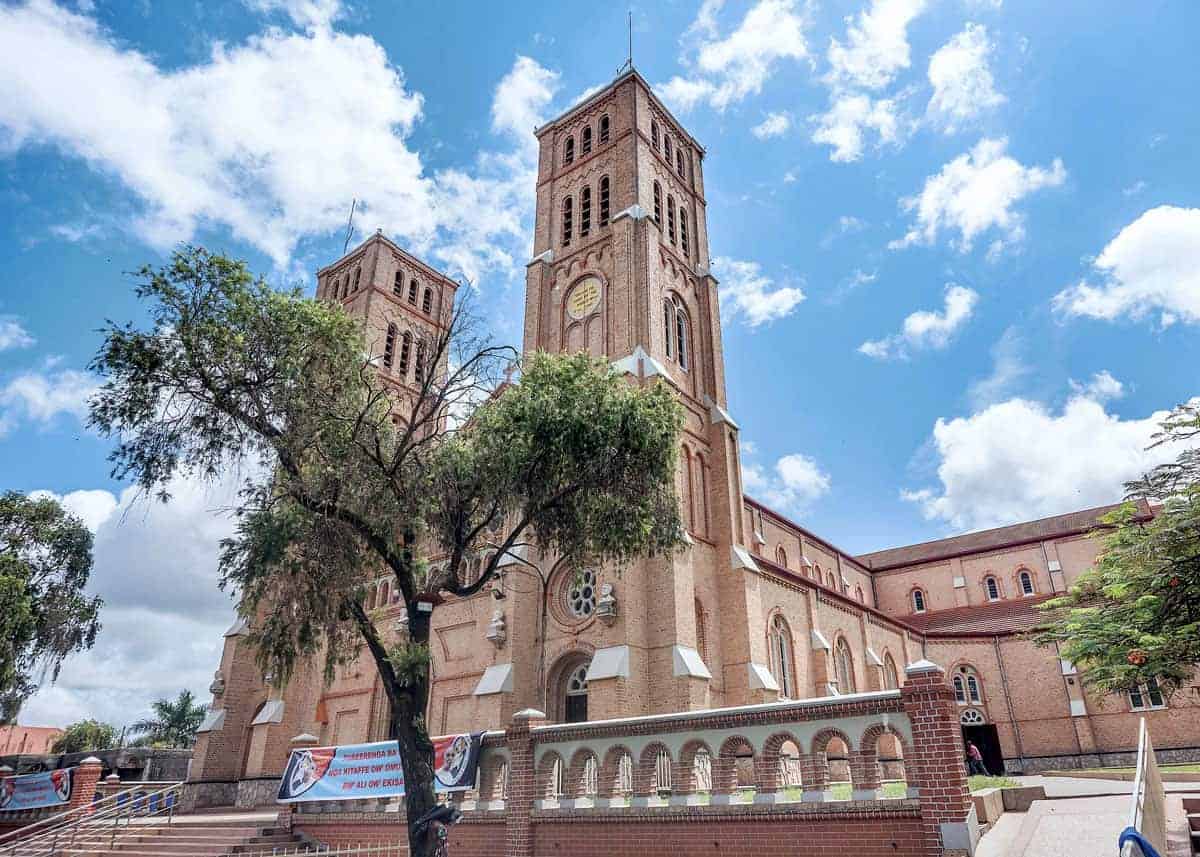
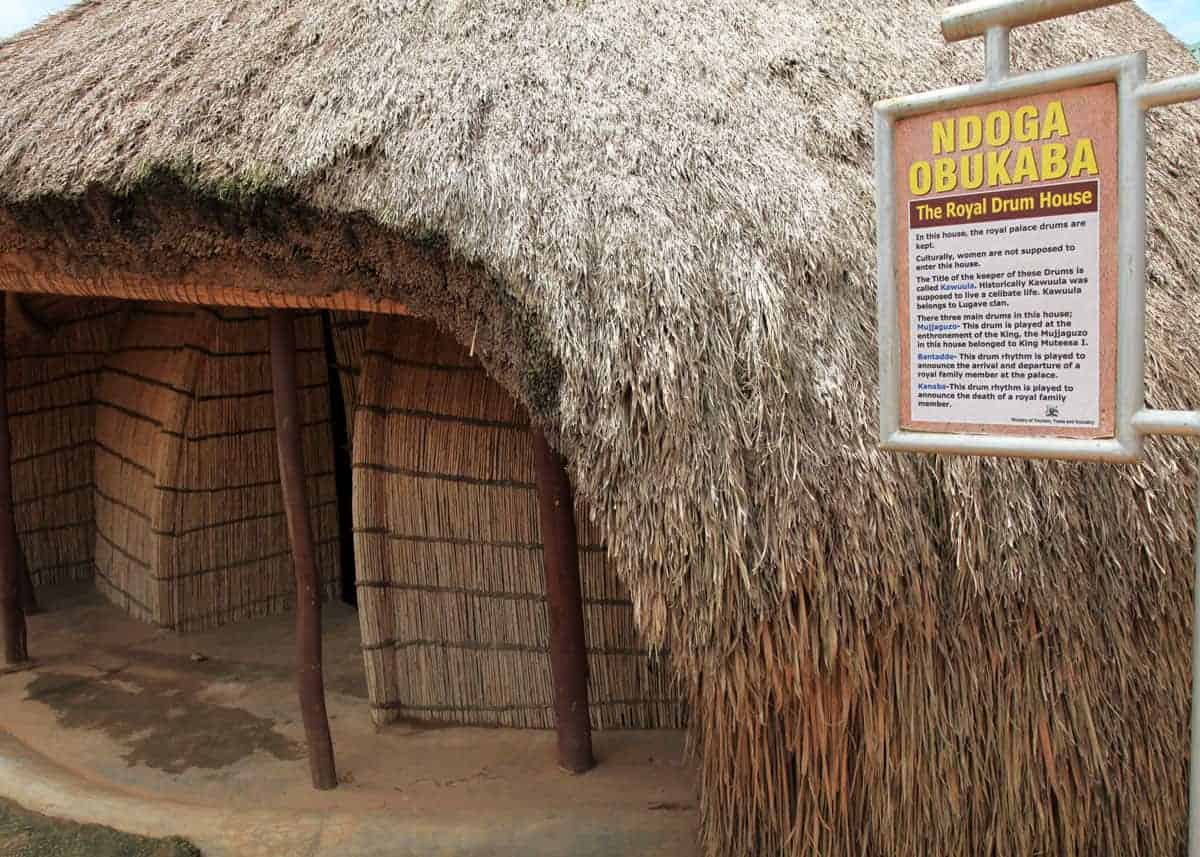
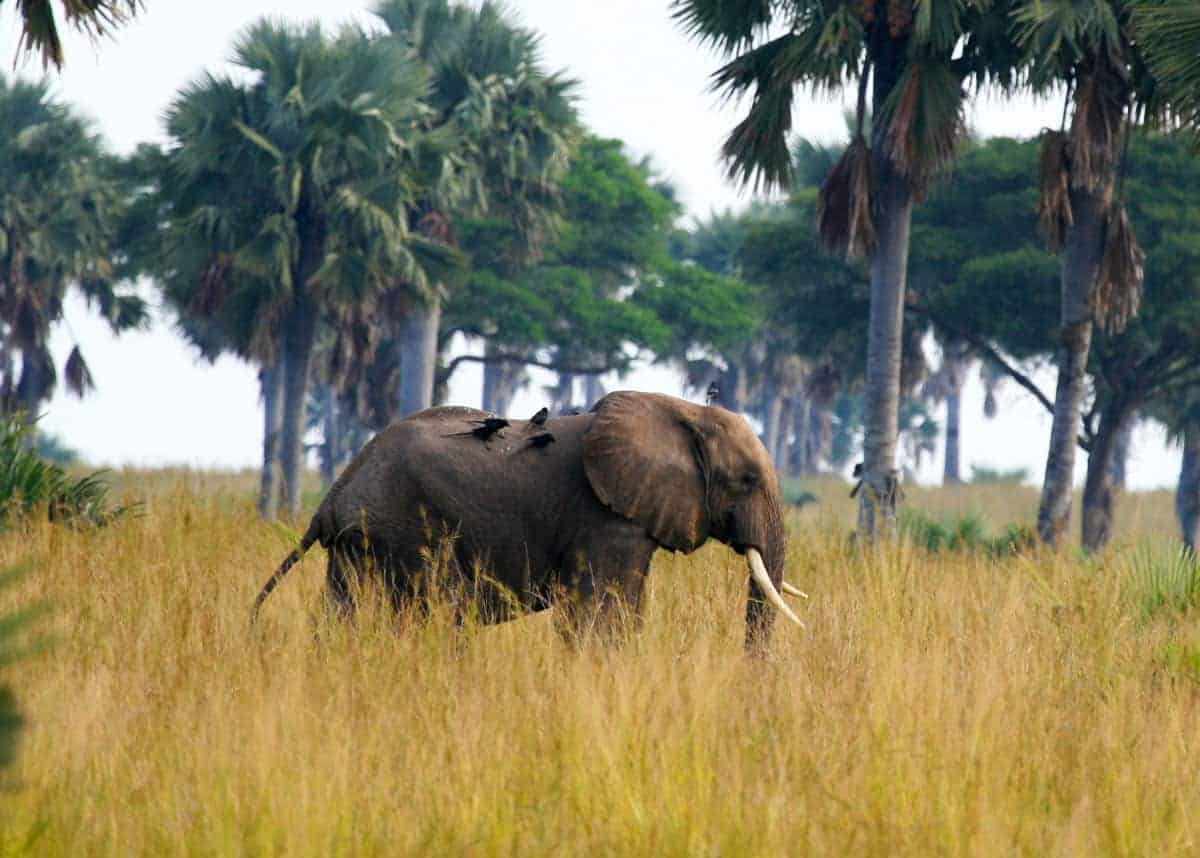
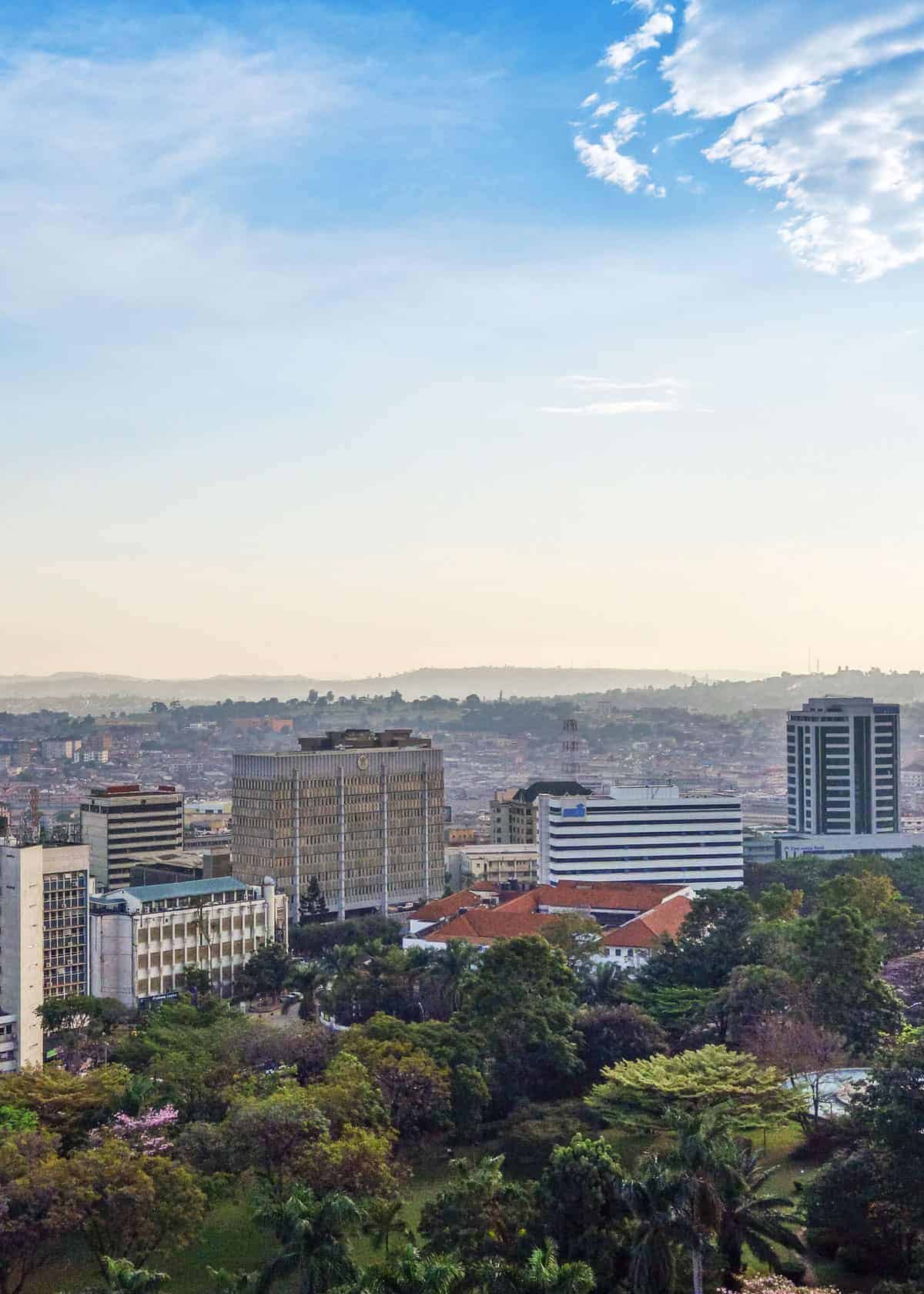
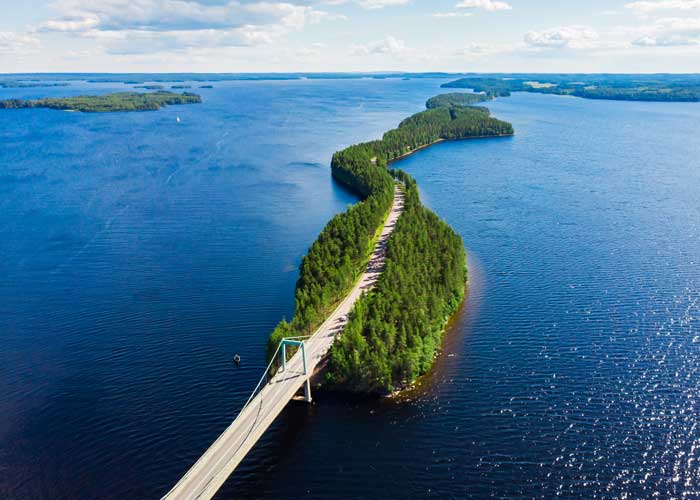
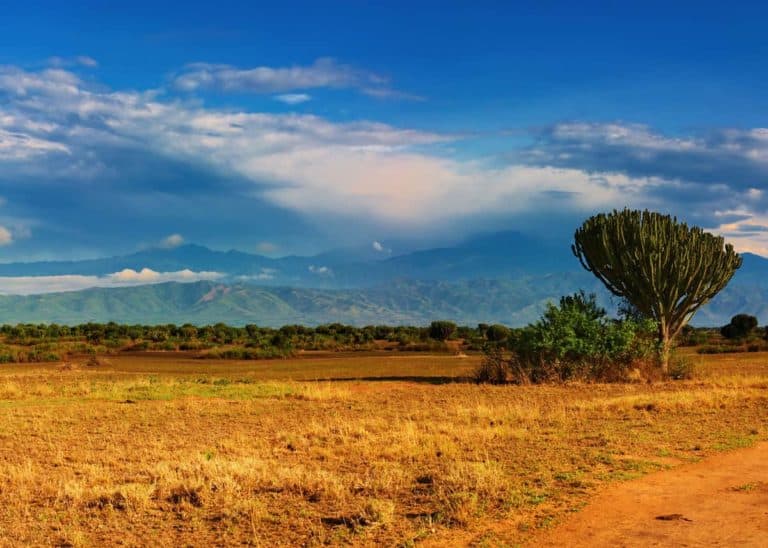
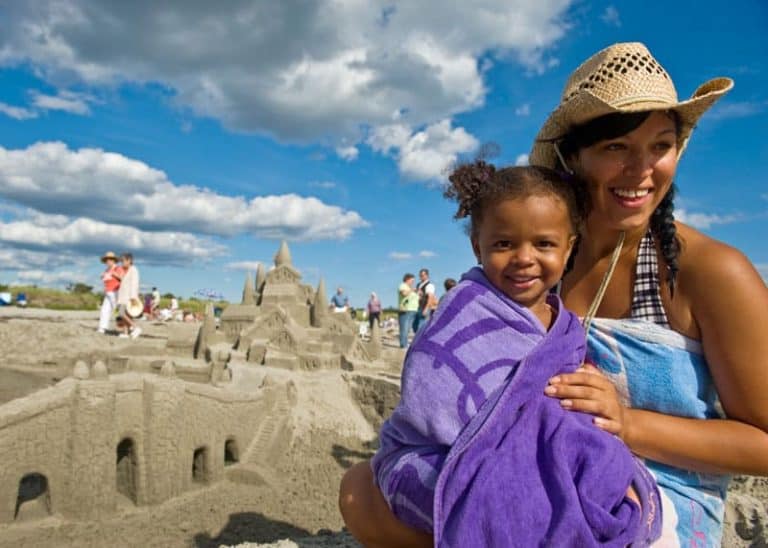



Thanks Bryan. This article was very helpful. I am planning a trip to Uganda in a few months. Do you have any tips on where is a best area to live in Kampala? I plan to be there for a few months. I am from the United States.
Thank you,